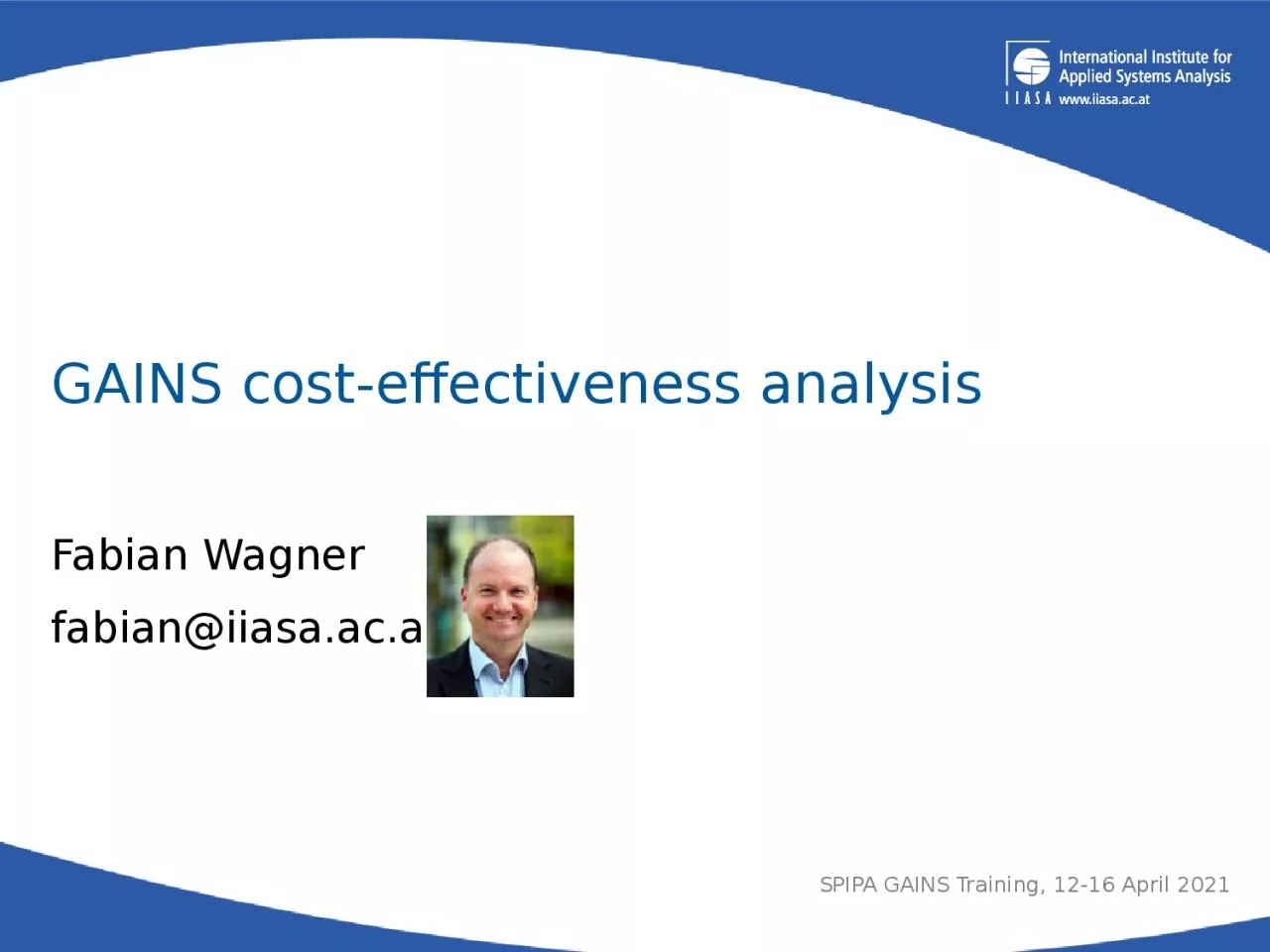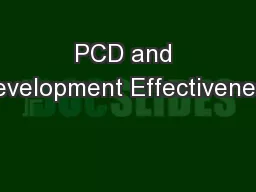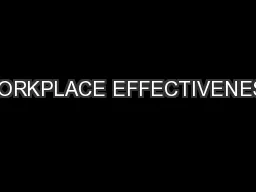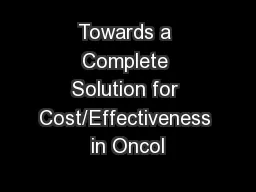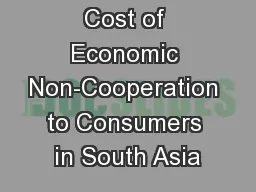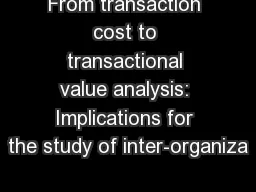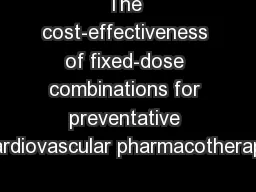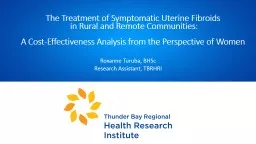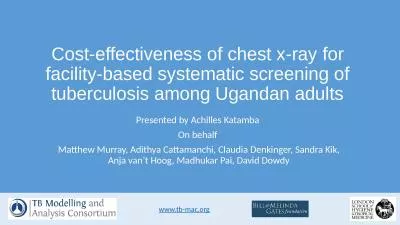PPT-GAINS cost-effectiveness analysis
Author : jalin | Published Date : 2023-11-03
Fabian Wagner fabianiiasaacat SPIPA GAINS Training 1216 April 2021 2 Activitybased emissions inventory APGHG Simulation of future scenariosincl What if policies
Presentation Embed Code
Download Presentation
Download Presentation The PPT/PDF document "GAINS cost-effectiveness analysis" is the property of its rightful owner. Permission is granted to download and print the materials on this website for personal, non-commercial use only, and to display it on your personal computer provided you do not modify the materials and that you retain all copyright notices contained in the materials. By downloading content from our website, you accept the terms of this agreement.
GAINS cost-effectiveness analysis: Transcript
Download Rules Of Document
"GAINS cost-effectiveness analysis"The content belongs to its owner. You may download and print it for personal use, without modification, and keep all copyright notices. By downloading, you agree to these terms.
Related Documents

